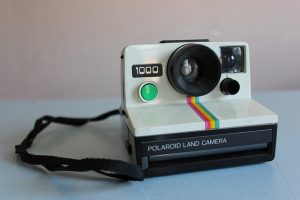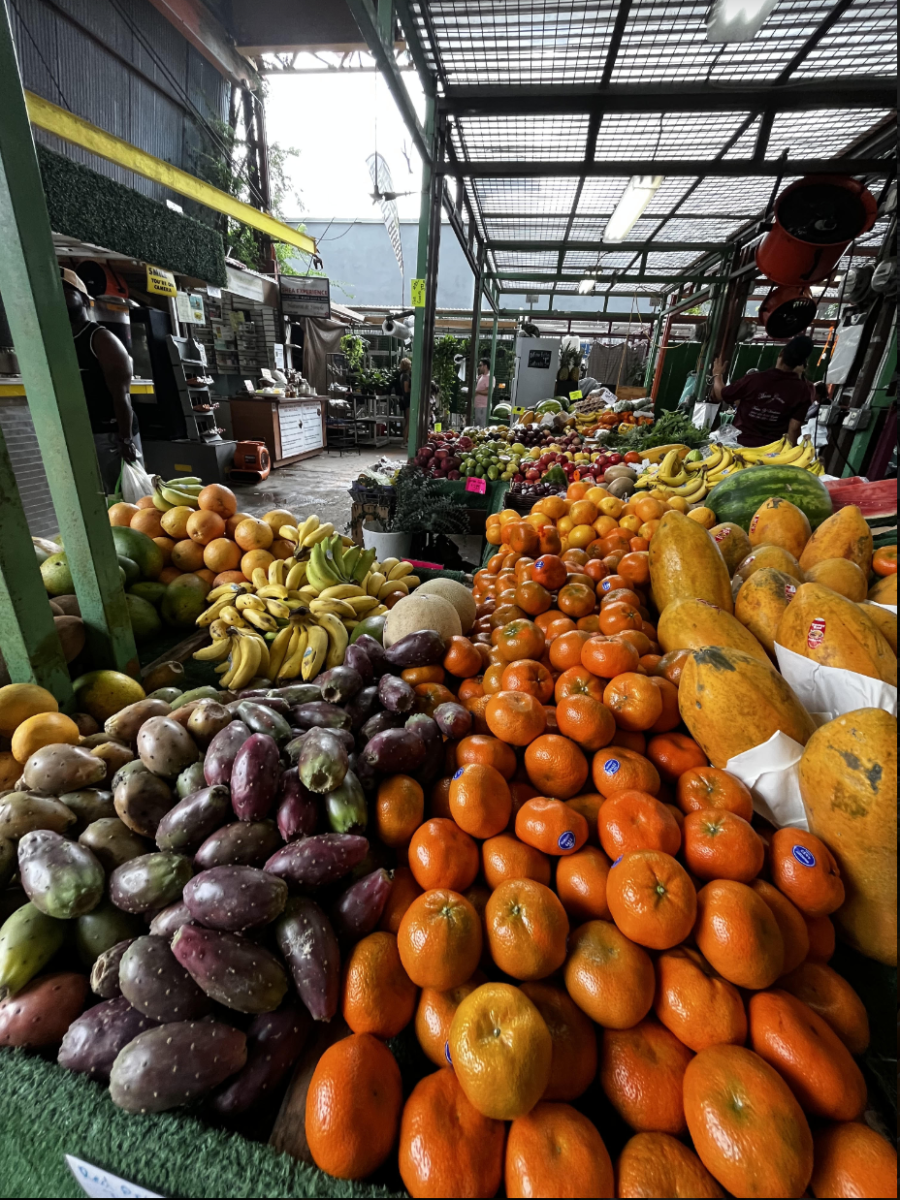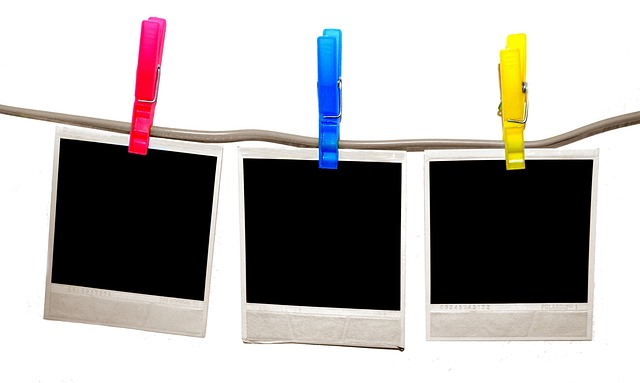[ot-caption title=”The Polaroid Snap will be released in late 2015 and can be purchased in a variety of sharp, nostalgic colors. Polaroid photographs from earlier editions of the instant camera are pictured above. (via Pixabay)”]
Following the invention and subsequent proliferation of the first instant Polaroid camera by Edwin H. Land in 1947, the realm of photographic technology was effectively revolutionized. Before this key innovation, photographers would have to send their photographs to a photo laboratory and wait for a period of time before ultimately being able to view the actual products. Instant cameras utilize instant film to develop the image on the spot with colored dyes through a process somewhat comparable to contemporary printing techniques. Once these advanced cameras hit the market, their popularity increased rapidly due to its outstanding convenience contributed to many renovated installments of the Polaroid instant camera throughout the succeeding decades; this huge demand was oftentimes accompanied by the development of complementary technologies, such as the first colored instant film. Cameras such as the Model 100 Land, SX-70 Land, and the OneStep Land were all quite popular during their respective time periods in the latter half of the 20th century. Unfortunately, for the Polaroid camera industry, the synthesis and gradual popularization of digital cameras such as the Sony Mavica eventually rendered the instant camera practically obsolete.

In stark contrast to the trend of Polaroid camera decline, new varieties of instant camera have begun to enter the market. One such camera, the Polaroid Snap, has been garnering media and consumer attention alike after its reveal during IFA 2015, Europe’s biggest technology show, due to its relatively inexpensive price and its technologically advanced printing methods. Set to be released later in 2015, the Snap will have a 10-megapixel digital camera, cost approximately $99, and will make use of Polaroid’s Zink paper that removes the necessitation of purchasing ink separately for the camera. Polaroid Zink (Zero Ink) paper is utilized to print 2”x3” images when multifarious layers composed of colored-dye crystals are heated by an appropriate Zink printer. Polaroid previously released a device known as the Zip Instant Mobile Printer that allows user to print photos with Zink paper directly from their mobile phones. Photos taken with the Snap retain the ability to be printed out in either color, black-and-white, or vintage Polaroid (with the characteristic white border) themes. Additionally, a 10-second timer can be applied in order to take front-facing photos more easily.
The camera is aesthetically pleasing with a simple yet appropriately colorful design that frictionlessly incorporates the classic rainbow Polaroid logo. As of September 2015, there are four main camera options comprising aqua-blue, red, white, and black colors. The camera is considerably smaller and less expensive than the most recent Polaroid instant camera model, the Polaroid Z2300—this difference can perhaps be accounted for by the lack of LCD-screen and capacity for video recording.
Competitors in the modern instant camera world include the Fujifilm Instax cameras, which produce higher quality images yet are more expensive, require more time for the images to develop, and utilize costlier instant film. A final feature of the Snap can be found in its inclusion of a Micro SD card slot that can store up to 32 GB of images for later use on other electronic devices. Overall, it will be quite interesting to see in which direction this new interest in instant photography propels the future of the craft.
Sources: Polaroid.com, Petapixel.com, Wikipedia.org, Zink.com, Fujifilm.com
































![Stranger Things 4: What to Expect [Warning: Contains Spoilers]](https://pcpawprint.com/wp-content/uploads/2021/11/StrangerThings4-900x473.jpeg)







































































